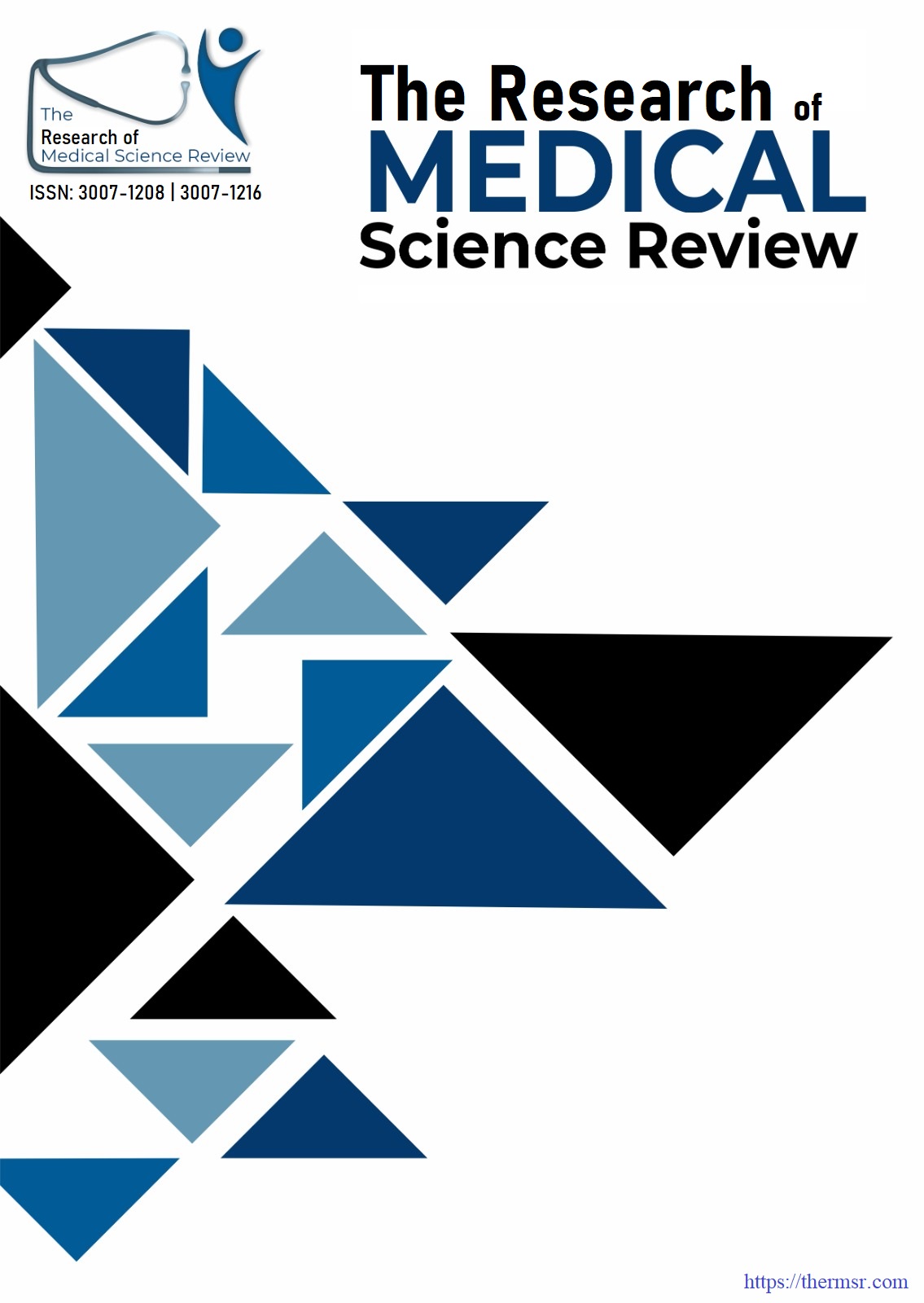COMPARISON OF SERUM MAGNESIUM LEVELS IN RENAL TRANSPLANT PATIENTS RECEIVING TACROLIMUS VS CYCLOSPORINE
Keywords:
Renal transplantation, Tacrolimus, Cyclosporine, Hypomagnesemia, Kidney functionAbstract
Objectives: To evaluate the relationship between Tacrolimus and Cyclosporine on serum magnesium levels in kidney transplant recipients. Study design: Prospective Cross Sectional Study Place and duration: Armed Forces Institute of Urology conducted for six months April 2024- Jan 2025 Methods: This study involved 130 kidney transplant recipients over aged 20 years, who had followed up of over one year after their transplant at our centre. The participants were divided into two group Tacrolimus-Based (n=70) and Cyclosporine-Based (n=60). Data was analysed by SPSS 2.3 software. Descriptive and multivariate regression analyses were performed to determine independent predictors of hypomagnesemia, that was, duration of dialysis, history of previous acute rejection, and markers of kidney function. Results: Serum magnesium levels were significantly lower in patients on Tacrolimus as compared to patients on Cyclosporine (β = -0.210, p < 0.001). Prolonged dialysis duration, history of acute rejection and impaired kidney function (serum creatinine) were associated with hypomagnesemia (β = -0.008, p = 0.010; β = -0.115, p = 0.006; β = -0.058, p = 0.018, respectively), whereas serum magnesium after 1 year correlated with kidney function, although weakly (β = 0.004, p = 0.045). Calcium, phosphate, iPTH, and vitamin D were not associated with significant difference. Conclusion: Hypomagnesemia is increased by tacrolimus based immunosuppression in kidney transplant recipients. Furthermore, hypomagnesemia is also contributed to by prolonged dialysis duration, history of acute rejection, and worsening kidney function.
Downloads
Downloads
Published
Issue
Section
License

This work is licensed under a Creative Commons Attribution-NonCommercial-NoDerivatives 4.0 International License.















